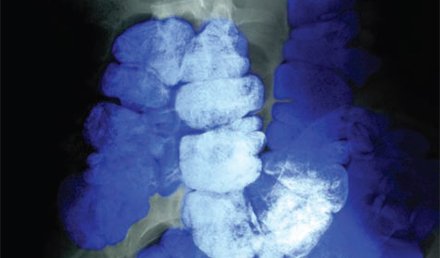Incidence of AMI in Patients with Syncope Key point: In a cohort study of nearly 1,500 patients presented without ST-segment elevation. Citation: McDermott D, Quinn JV, Murphy CE. Acute myocardial infarction in patients with syncope. CJEM. 2009; 11: 156-160. Which patients with syncope require hospital admission? To answer this question, researchers studied the incidence of acute myocardial infarction within 30 days of presentation in a cohort of 1,474 consecutive emergency department patients who presented with …
Read More
May 2009
Abstracts in Urgent Care: April, 2009
Should the Elbow Extension Test Be Used to Rule Out Bony Injury? Key point: Full elbow extension had a negative predictive value for fracture of 98.4% in adults and 95.8% in children. Citation: Appelboam A, Reuben AD, Benger JR, et al. Elbow extension test to rule out elbow fracture: Multicentre, prospective validation and observational study of diagnostic accuracy in adults and children. BMJ. 2008; 337: a2428. The objective of this study was to determine whether …
Read More
April 2009
March 2009

February 2009

January 2009
Abstracts in Urgent Care: January 2009
Who Needs a Blood Culture in the ED? Key point: Use of a prediction rule might reduce use of cultures in low-risk patients. Citation: Shapiro NI, Wolfe RE, Wright SB, et al. Who needs a blood culture? A prospectively derived and validated prediction rule. J Emerg Med. 2008; 35(3): 255-264. Although blood cultures often are obtained for patients in the emergency department, little evidence is available to guide patient selection for such testing. Currently, general …
Read More
December 2008
Abstracts In Urgent Care: December, 2008
ED Crowding Adversely Affects Patient Satisfaction Key point: Dissatisfaction lasts throughout entire hospital stay. Citation: Pines JM, Iyer S, Disbot M, et al. The effect of emergency department crowding on patient satisfaction for admitted patients. Acad Emerg Med. 2008;15:825-831. Recent studies on emergency department overcrowding have shown adverse patient outcomes when patients are boarded in the emergency department. To address how patient satisfaction relates to ED overcrowding, these authors retrospectively reviewed Press Ganey satisfaction surveys …
Read More